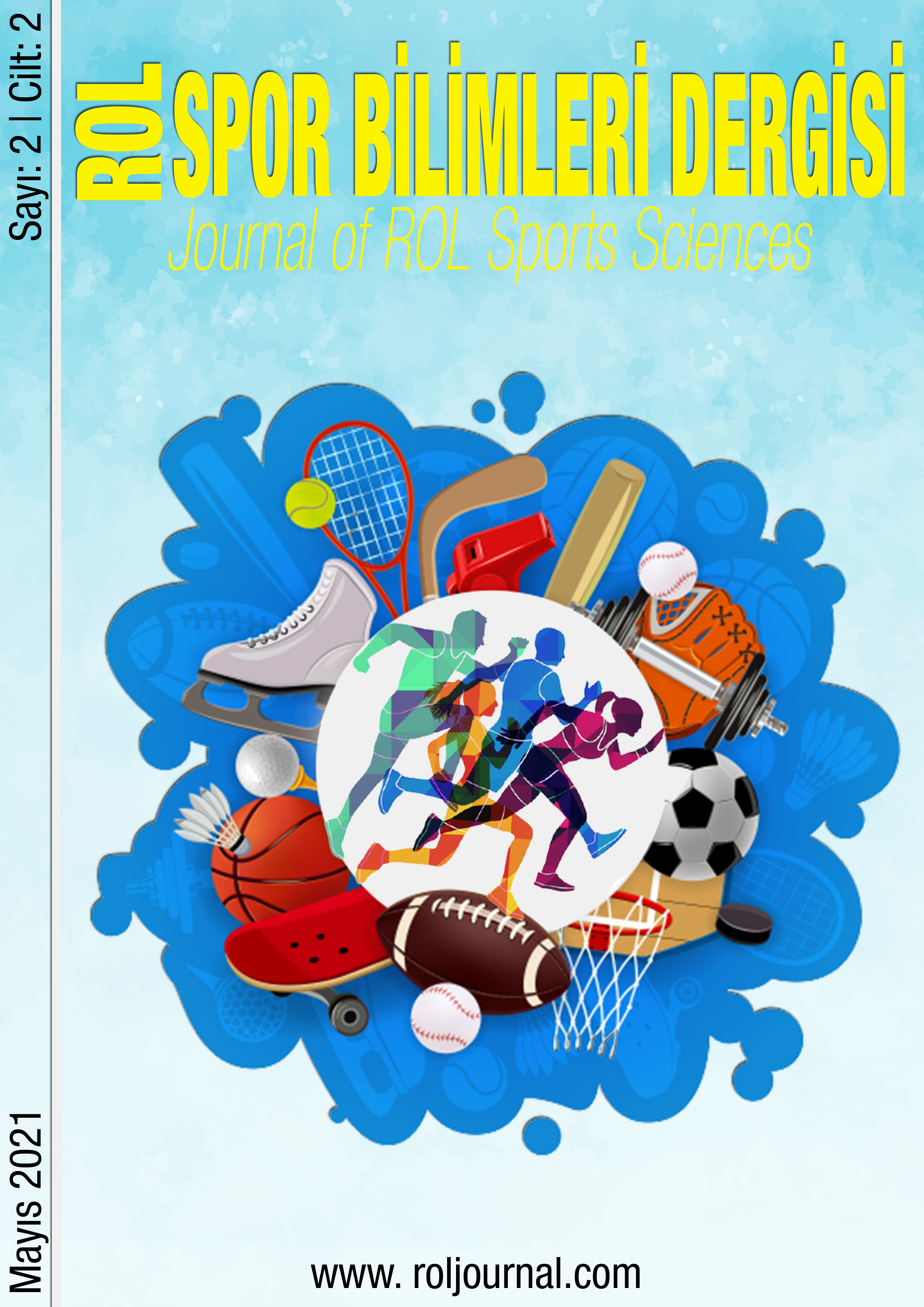EDUCATION STRES LEVELS OF HIGH SCHOOL STUDENTS: ISPARTA PROVINCE SAMPLE
DOI:
https://doi.org/10.29228/roljournal.51393Keywords:
Education Stress, High School, StudentAbstract
The aim of this study is to examine the educational stress levels of high school students in terms of some variables. The population of the study consisted of 2235 students from the project schools in the city center of Isparta, and 441 volunteers whose sample was determined by simple random sampling method from this population. During the data collection process, the participants were informed about the study and questionnaires. High school students participating in the study were asked to fill in the personal information form and educational stress scales. The data obtained in the study were analyzed in computer environment. Variables are expressed by using mean ± standard deviation, percentage and frequency values. Independent T test was used for the analysis of paired groups, and one-way analysis of variance ANOVA test was used for the analysis of more than two groups. Bonferroni test was applied to find the difference out. For the significance level of the tests, p<0.05 value was accepted. As a result, it was determined that the educational stress of the high school students participating in the study was at average level. Statistically significant differences were found in the education stress levels of the participants according to their gender, age, sports status and weekly studying hours. It was thought that this situation is due to the fact that they are before an important exam such as transition to university education, which will affect their future education and professional life.




